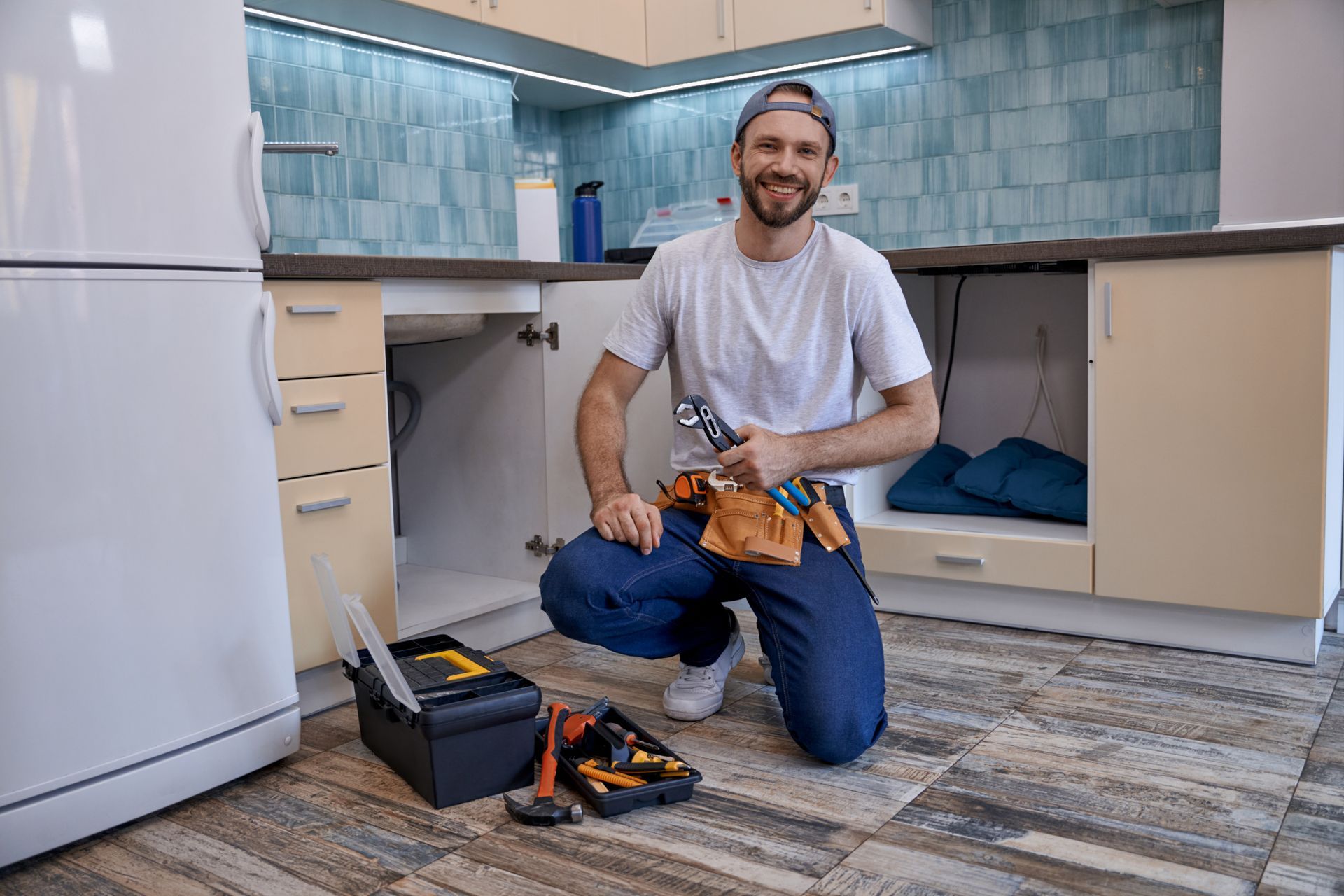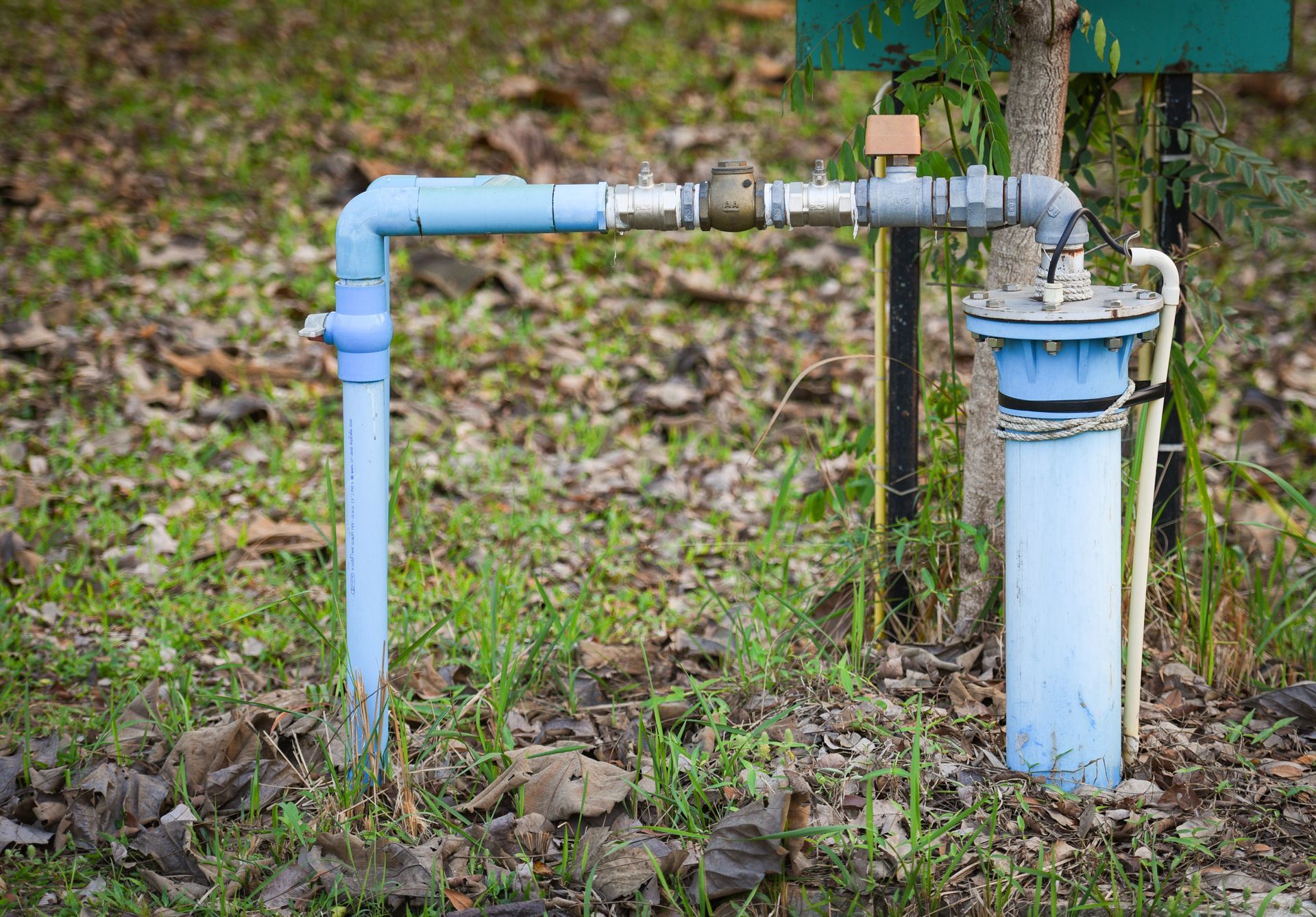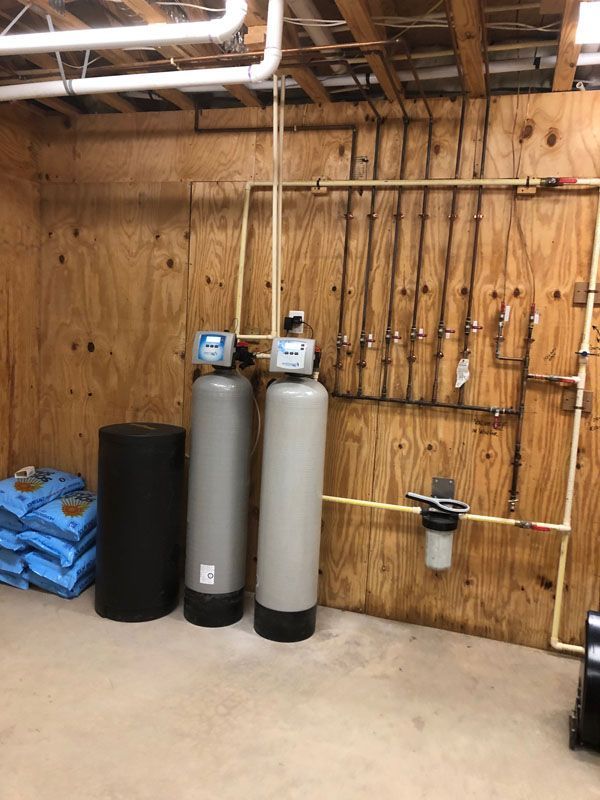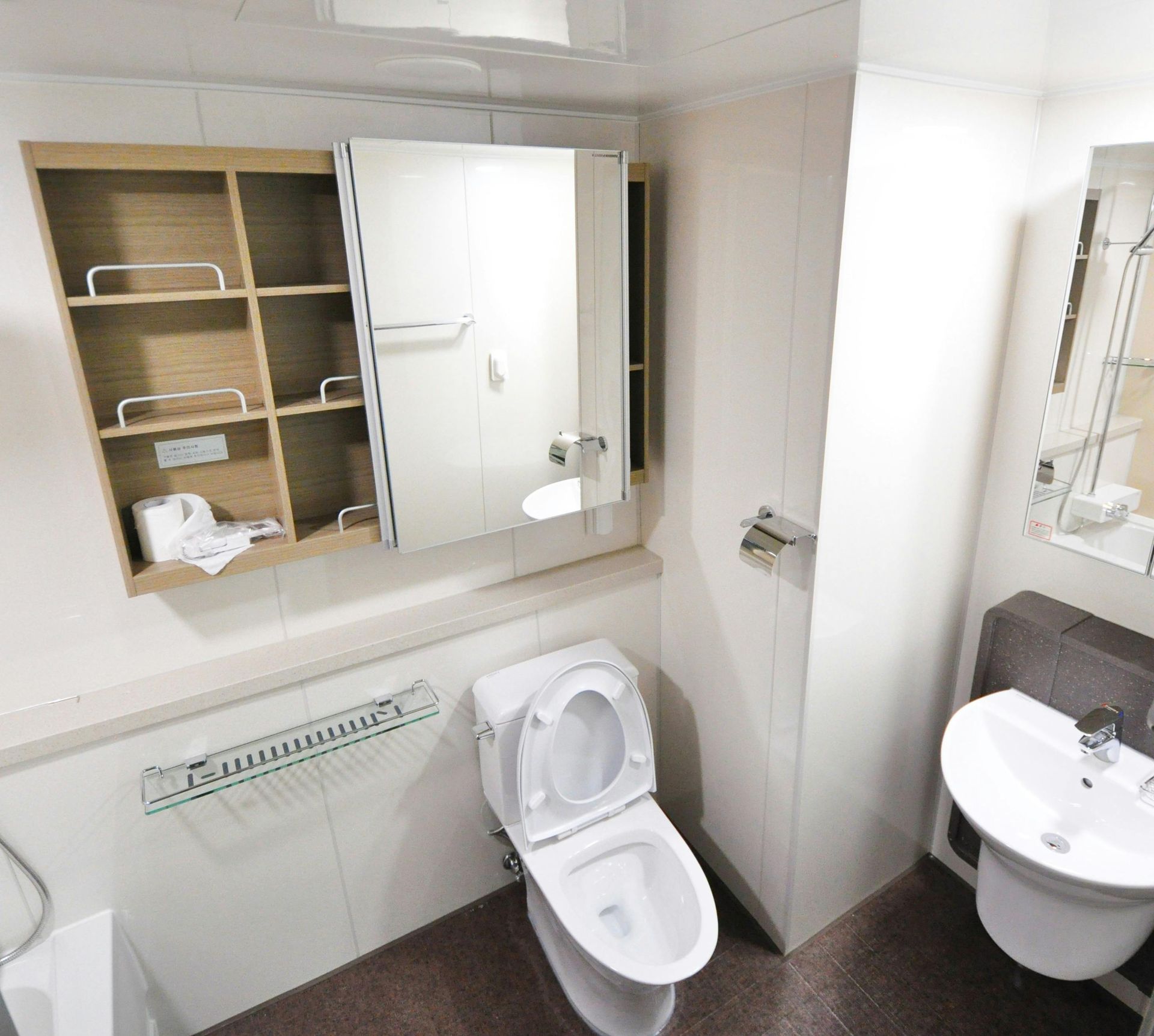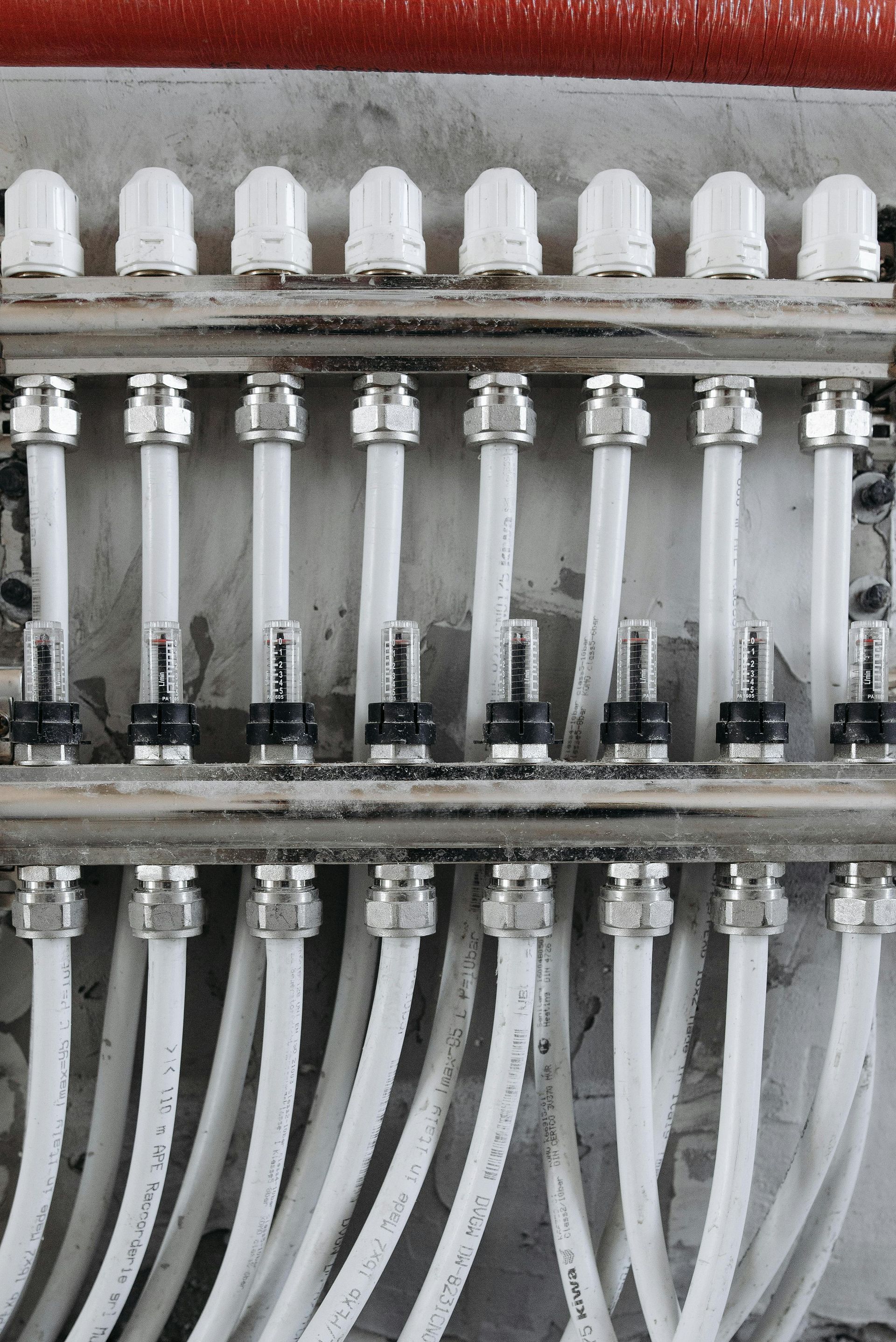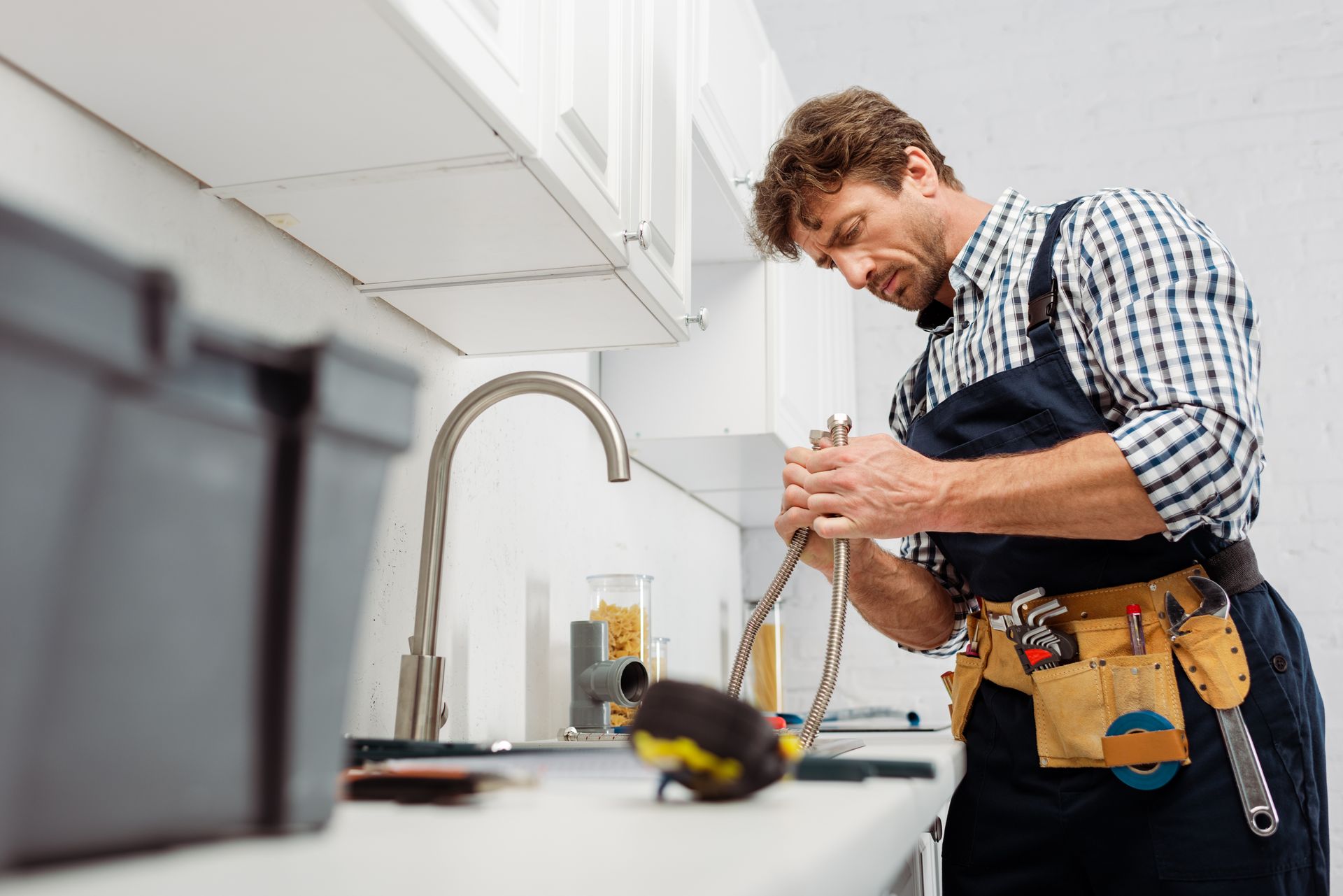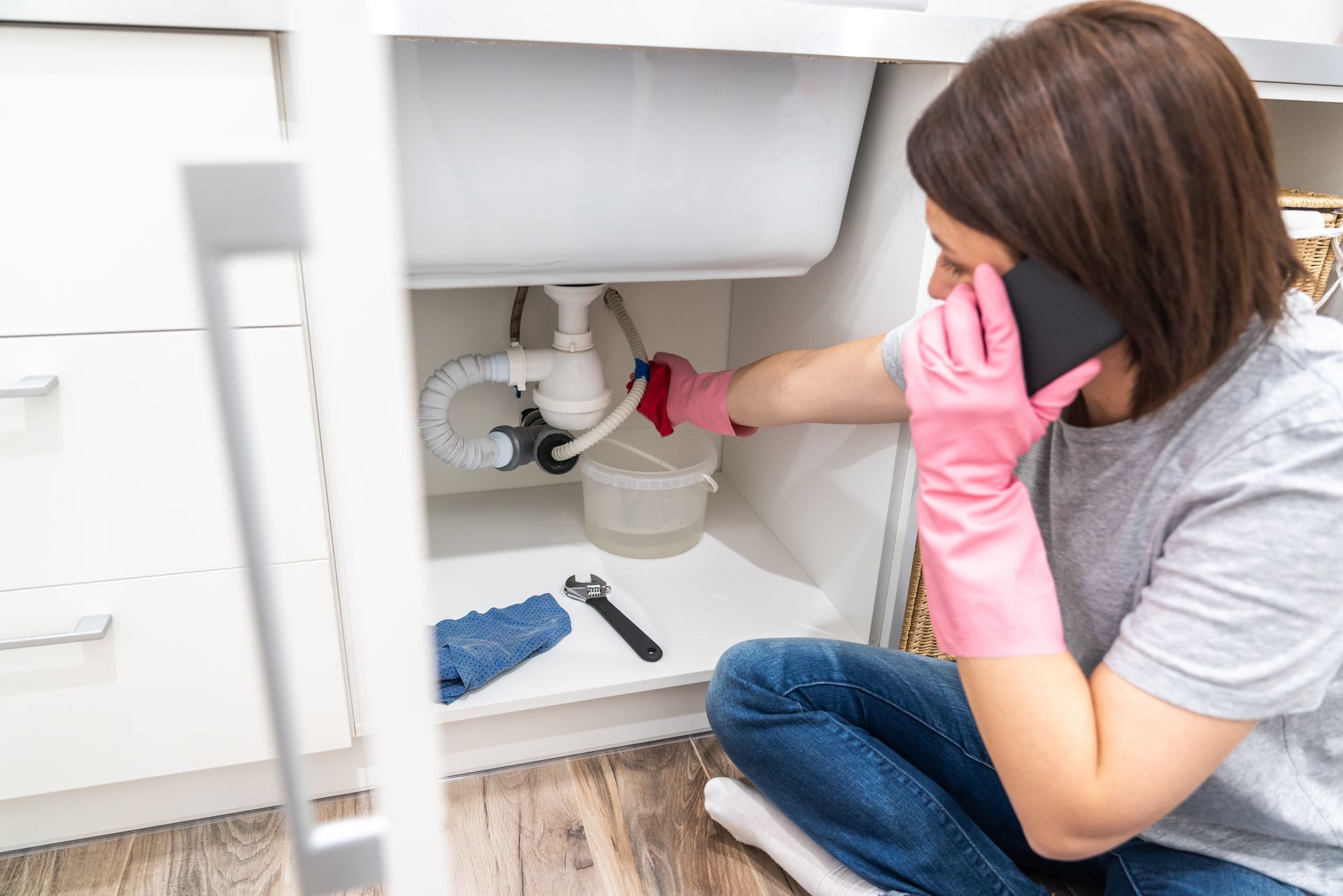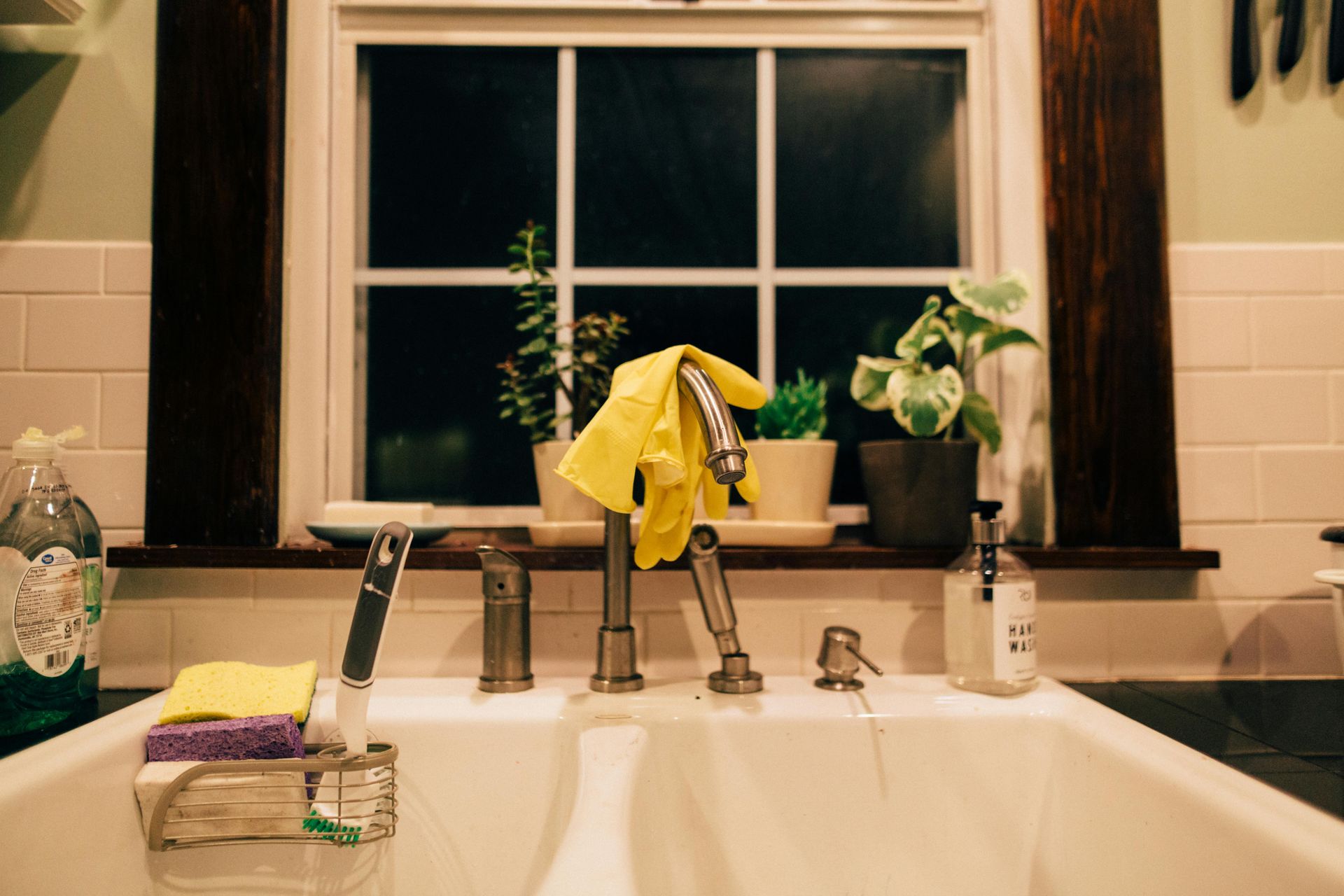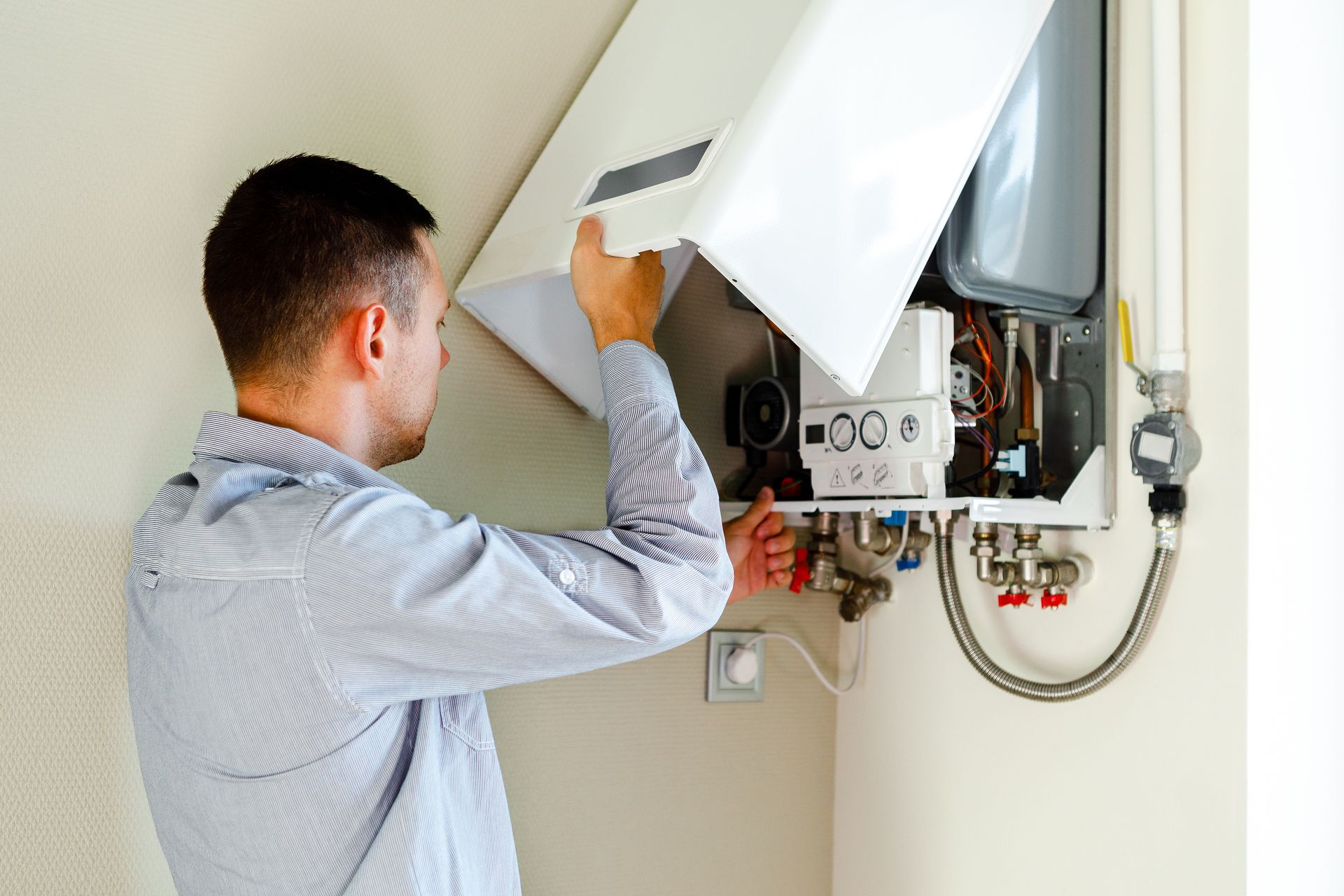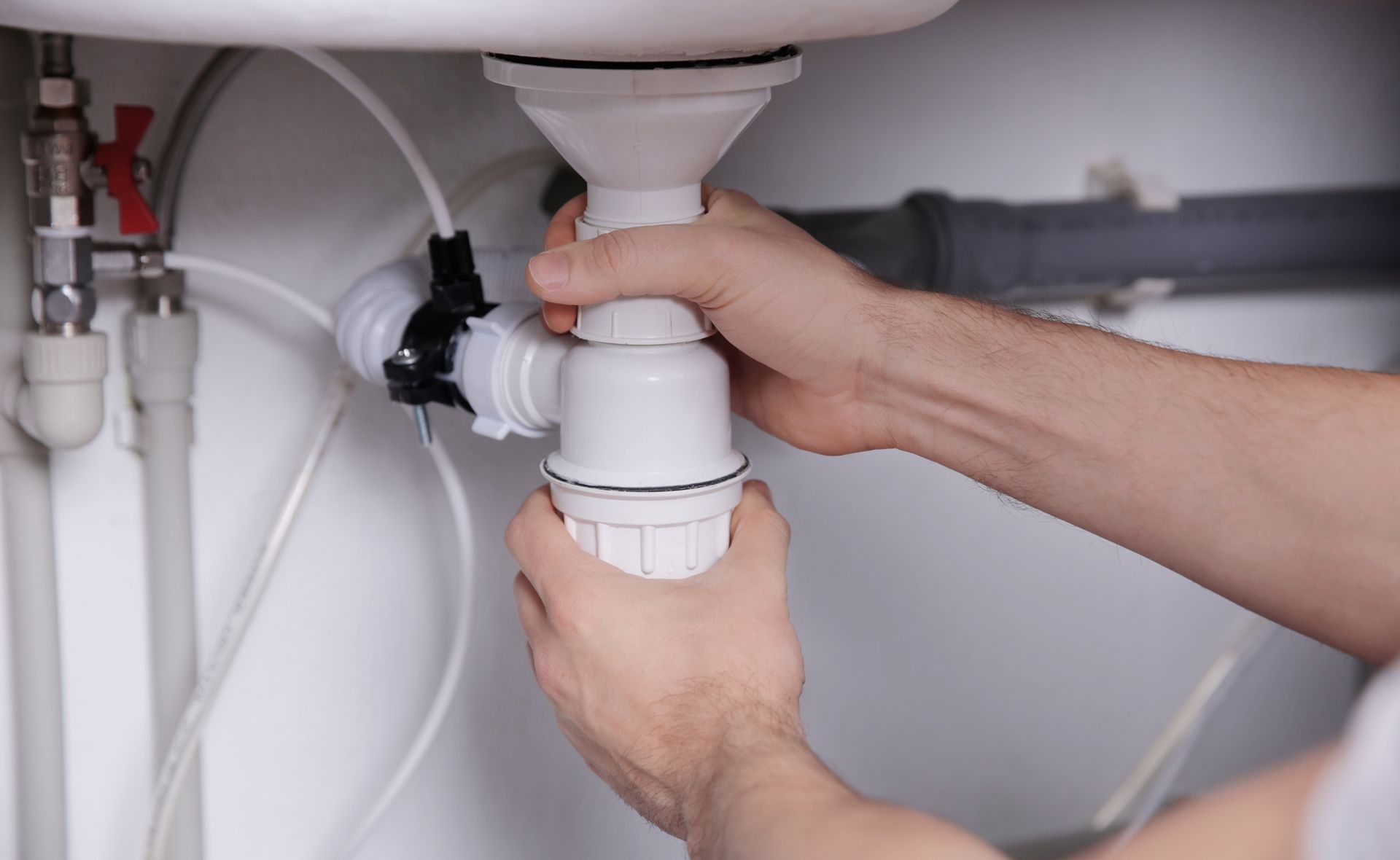Toilet Plumbing Issues: Common Problems and DIY Fixes
Let’s face it—no one wants to talk about toilet problems, but when your throne stops working properly, it suddenly becomes the most important seat in the house. Toilets are something we all depend on daily, yet most people ignore them until a clog, leak, or mystery gurgle ruins their day. The good news is that many toilet plumbing issues can be fixed with a bit of knowledge, patience, and the right tools.
In this guide, we’ll break down the most common toilet plumbing problems, teach you some easy DIY fixes, and help you know when it’s time to call in the professionals. Whether you’re dealing with a clog that won’t quit or wondering if you installed your wax ring correctly while plumbing a toilet drain, this guide has you covered.
Understanding the Basics of Toilet Plumbing
Before you can fix a problem, it helps to understand how the system works. Toilet plumbing might look simple on the outside, but it’s actually a small engineering marvel.
Your toilet relies on several components to do its job efficiently:
- The tank: Holds water and releases it during flushing.
- The bowl: Collects waste and directs it into the drain.
- The flush valve: Controls how water leaves the tank.
- The fill valve: Refills the tank after each flush.
- The toilet drain line: Carries waste away through a series of pipes connected to your home’s main sewer or septic system.
When everything works in harmony, you get a smooth flush and clean bowl. But if one part malfunctions, you might face clogs, leaks, or the dreaded constant running sound that keeps you up at night.
Common Toilet Plumbing Problems and How to Fix Them
No two toilet problems are quite the same, but a few tend to show up in almost every home. Here are the most common toilet plumbing issues and what you can do about them.
1. The Constantly Running Toilet
If your toilet sounds like it’s still flushing hours after use, you’ve got a running toilet. This usually means the flapper inside the tank isn’t sealing properly.
DIY Fix:
- Remove the tank lid and check the rubber flapper. If it’s worn, warped, or covered in mineral buildup, replace it.
- Adjust the float level if the water level is too high.
- If the problem persists, the fill valve may need replacing.
It’s a simple fix that can save gallons of water each day and keep your water bill from overflowing—pun intended.
2. The Infamous Clogged Toilet
Every household has faced this one at some point. Whether caused by too much toilet paper or a child’s toy that mysteriously fell in, clogs can cause instant panic.
DIY Fix:
- Start with a plunger. Make sure it’s a flange-style plunger for a tight seal.
- If that doesn’t work, try using a toilet auger (sometimes called a plumbing snake). It can break through stubborn clogs deeper in the line.
- Avoid using harsh chemicals—they can damage your toilet and pipes.
If you find yourself plunging every few days, the issue might be deeper down your drain system. That’s when a professional inspection of your toilet plumbing or main sewer line is needed.
3. Leaks Around the Base
If you see water pooling at the base of your toilet, don’t ignore it. That small puddle can lead to serious floor damage. The culprit is often a worn wax ring that seals the toilet to the flange on the floor.
DIY Fix:
- Turn off the water supply and drain the toilet completely.
- Disconnect it from the floor bolts and lift it off carefully.
- Replace the old wax ring with a new one, ensuring it’s centered before setting the toilet back down.
Pro tip: If you’re new to plumbing a toilet drain, have a friend help lift and align it. Toilets aren’t heavy, but awkward angles make the job tricky.
4. Weak or Incomplete Flushes
If your toilet seems tired or fails to clear the bowl completely, it’s likely a buildup issue or low water level in the tank.
DIY Fix:
- Clean the rim jets under the bowl with a small brush or wire to remove mineral deposits.
- Adjust the fill valve to ensure the tank fills to the proper level.
- Make sure the flapper lifts completely when you flush.
A weak flush can also indicate partial clogs in your toilet drain or vent pipe, which require a deeper clean or professional help.
5. Phantom Flushes (When Your Toilet Flushes on Its Own)
It sounds spooky, but don’t worry—your toilet isn’t haunted. Phantom flushes happen when water slowly leaks from the tank into the bowl because of a bad flapper or flush valve seal.
DIY Fix:
- Add a few drops of food coloring into the tank. Wait 15 minutes without flushing.
- If the color appears in the bowl, you’ve got a slow leak—replace the flapper or flush valve gasket.
While it’s a simple fix, ignoring it wastes a surprising amount of water over time.
Plumbing a Toilet Drain: What Every Homeowner Should Know
If you’re replacing a toilet or tackling a bathroom remodel, you might find yourself plumbing a toilet drain from scratch. This step is crucial because even a small mistake can lead to leaks, bad odors, or constant clogging.
Here are a few important pointers:
- Measure the rough-in distance: This is the space between the wall and the center of the drain (usually 12 inches for standard toilets).
- Check the flange height: It should sit level with the finished floor for a proper seal.
- Use the right wax ring or rubber seal: A poor seal means leaks and potential water damage.
- Secure bolts firmly but don’t overtighten: Overdoing it can crack the toilet base.
If you’ve ever installed a toilet and it wobbled or leaked afterward, you’re not alone. Even seasoned DIYers sometimes struggle with aligning everything perfectly. When in doubt, it’s safer—and cleaner—to call a professional plumber.
Preventing Future Toilet Plumbing Problems
A little maintenance goes a long way toward preventing future problems.
Here’s how to keep your toilet plumbing in good shape year-round:
- Don’t use your toilet as a trash can. Only flush waste and toilet paper. Feminine products, wipes (even “flushable” ones), and paper towels belong in the trash.
- Inspect the tank components every few months. Check the flapper, float, and fill valve for wear or mineral buildup.
- Tighten loose bolts carefully. Over time, movement can loosen the toilet and break the seal at the base.
- Listen for unusual sounds. Gurgles, hisses, or running water are early warning signs of trouble.
- Schedule annual plumbing inspections. A professional can check for leaks, clogs, or potential issues you might miss.
Good maintenance habits help you avoid surprise repairs and keep your bathroom peaceful—because no one likes a toilet that talks back.
Call The Plumbing Trust for Expert Toilet Plumbing Services in Martinsburg, WV
When your DIY efforts aren’t cutting it, or you’d rather not wrestle with a plunger at midnight, call the experts at The Plumbing Trust. Our skilled team provides fast, reliable toilet plumbing repair and maintenance for homes across Martinsburg and the Eastern Panhandle of West Virginia. We’ll handle everything from persistent leaks to complete toilet replacements, so you can get back to a worry-free flush.
At The Plumbing Trust, we go beyond toilets. We also specialize in
general plumbing,
tankless water heaters,
underground utilities,
water treatment systems, and
well pump repairs. Call us today at
(304) 249-4956 to schedule professional plumbing service and keep your home’s system in top shape year-round.
FAQs
Why does my toilet keep clogging even after plunging?
Repeated clogs can indicate a deeper issue, such as a partial blockage in your drain line or sewer system. A professional inspection may be needed to locate the root cause.
How do I know if my wax ring is bad?
If you notice water leaking at the base of the toilet or a persistent sewage smell, the wax ring seal is likely worn out and should be replaced.
Can I pour boiling water down the toilet to clear a clog?
It’s not recommended. The high temperature can crack porcelain. Stick to warm water and dish soap or use a plunger or toilet auger.
Why does my toilet make a gurgling sound when I flush?
A gurgling sound usually means there’s a blockage in your vent pipe or drain line. This prevents air from flowing properly, causing pressure issues.
How long should a toilet last?
A well-maintained toilet can last 15–25 years. However, frequent repairs or inefficiency may mean it’s time for an upgrade.
